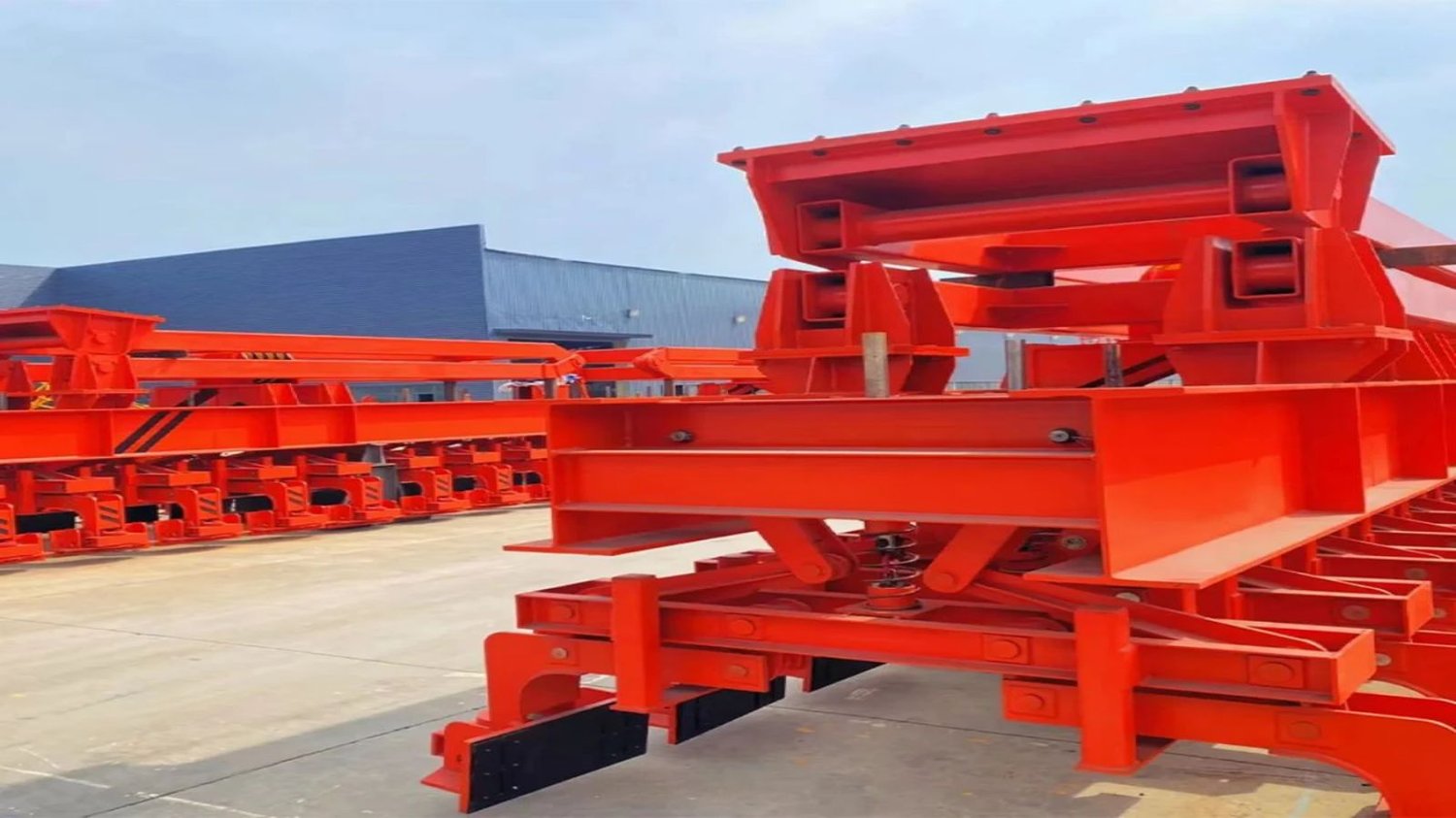Table of Contents

Carbon Stacking Crane vs. Hydraulic Crane: Which Offers Better Load Capacity and Precision?
Introduction:
When it comes to heavy lifting and precision, two types of cranes stand out: the carbon stacking crane and the hydraulic crane. Both have their unique features and advantages, but which one offers better load capacity and precision? In this article, we will explore the key differences and benefits of these cranes to help you make an informed decision.
1. Carbon Stacking Crane: Load Capacity
The carbon stacking crane is known for its exceptional load capacity. Its construction using carbon fiber composites makes it lightweight yet incredibly strong. This allows the crane to handle heavier loads compared to traditional cranes made of steel. With a carbon stacking crane, you can lift and transport heavy objects with ease, making it ideal for construction sites and industrial applications.
2. Carbon Stacking Crane: Precision
Precision is crucial in lifting operations, especially when dealing with delicate or expensive materials. The carbon stacking crane offers exceptional precision, thanks to its advanced control systems and lightweight design. The carbon fiber construction reduces vibrations and increases stability, ensuring accurate positioning of the load. This precision is particularly beneficial in industries such as aerospace, where even the slightest deviation can have significant consequences.
3. Hydraulic Crane: Load Capacity
The hydraulic crane is a popular choice for heavy lifting tasks due to its impressive load capacity. These cranes utilize hydraulic systems to generate immense power, allowing them to handle extremely heavy loads. Hydraulic cranes are commonly used in construction, shipyards, and oil refineries, where lifting large objects is a frequent requirement.
4. Hydraulic Crane: Precision
While hydraulic cranes excel in load capacity, precision is an area where they may have some limitations. The hydraulic systems can cause slight movements and vibrations, making precise positioning more challenging. However, advancements in hydraulic technology have significantly improved precision, and modern hydraulic cranes can still achieve impressive accuracy in most applications.
5. Carbon Stacking Crane: Advantages
Aside from its load capacity and precision, the carbon stacking crane offers several advantages. First, its lightweight design allows for easier transportation and maneuverability on construction sites or in confined spaces. Second, carbon fiber composites are highly resistant to corrosion, extending the crane's lifespan and reducing maintenance requirements. Lastly, carbon stacking cranes have a smaller carbon footprint compared to traditional cranes, making them a more environmentally friendly option.
6. Hydraulic Crane: Advantages
Hydraulic cranes also come with their own set of advantages. The hydraulic systems provide exceptional power and flexibility, allowing for efficient lifting operations. These cranes can be easily adjusted to different heights and angles, making them versatile in various working conditions. Additionally, hydraulic cranes are often more cost-effective than carbon stacking cranes, making them a popular choice for businesses looking for a budget-friendly lifting solution.
7. Carbon Stacking Crane: Applications
Due to its load capacity and precision, the carbon stacking crane finds applications in multiple industries. It is commonly used in construction projects for lifting heavy building materials, such as steel beams and concrete panels. The aerospace industry also benefits from carbon stacking cranes, as they can handle delicate aircraft components with precision. Other applications include offshore operations, manufacturing plants, and renewable energy projects.
8. Hydraulic Crane: Applications
The hydraulic crane's high load capacity and versatility make it suitable for a wide range of applications. In construction, hydraulic cranes are used for erecting steel structures, lifting heavy machinery, and transporting materials. These cranes are also essential in the shipping industry for loading and unloading cargo ships. Additionally, hydraulic cranes find applications in forestry, mining, and heavy equipment maintenance.
9. Conclusion: Choosing the Right Crane
Deciding between a carbon stacking crane and a hydraulic crane ultimately depends on your specific requirements. If you prioritize load capacity and precision, the carbon stacking crane is an excellent choice. It offers exceptional strength and accuracy, especially for delicate operations. On the other hand, if versatility and cost-effectiveness are your main considerations, a hydraulic crane may be the better option.
10. Final Thoughts
When comparing the load capacity and precision of carbon stacking cranes and hydraulic cranes, it is clear that both have their advantages. Consider the specific needs of your project or industry to make an informed decision. Whether you choose a carbon stacking crane or a hydraulic crane, you can rest assured that you will have a powerful lifting tool at your disposal.
